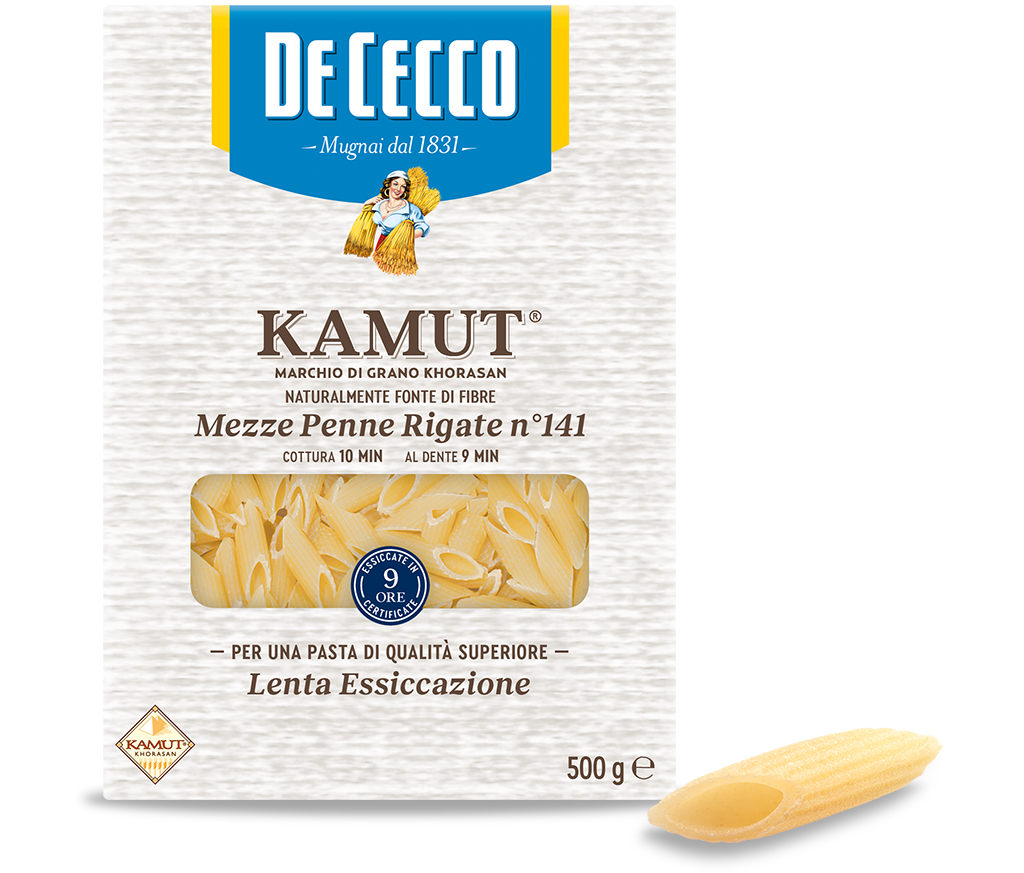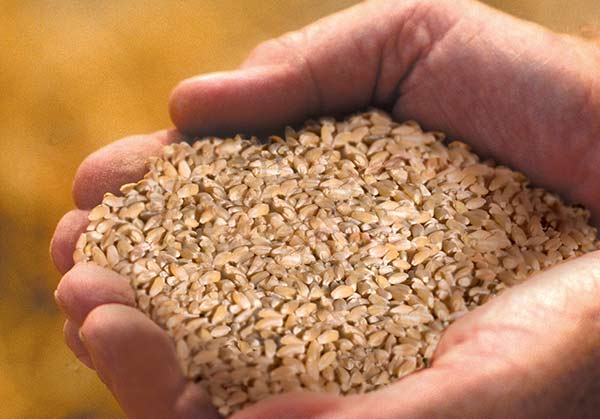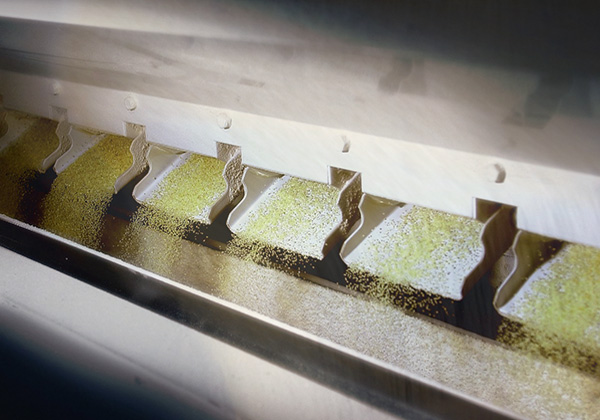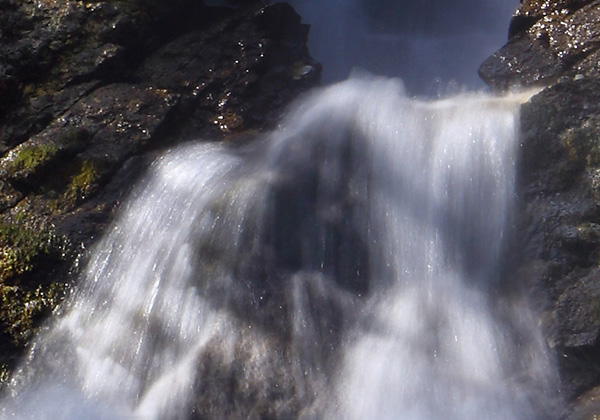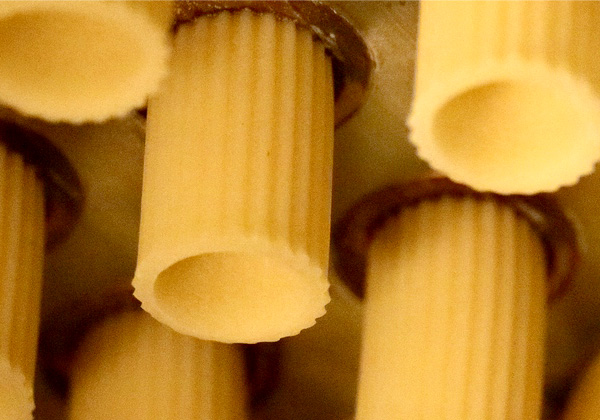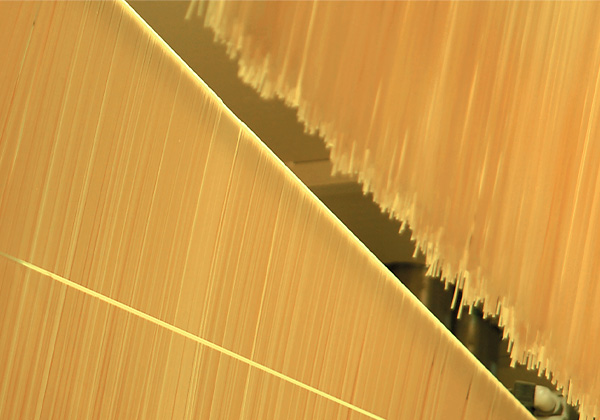Spaghetti n° 12 KAMUT® marchio di grano khorasan
Historically, official mention of the term "spaghetto" can be traced back to the first dictionary of the Italian language by Nicolò Tommaseo and Bernardo Bellini (1819). The word "spaghetto" was included as the "masculine singular diminutive of spago (thread)" and mention is made of "Minestra di Spaghetti" (spaghetti soup) which is pasta the size of a long, thin thread such as sopracapellini (type of spaghetti)". An interesting fact: in 1957, the BBC aired the first documentary on the production of spaghetti and the day after, the television studios were inundated by phone calls from viewers asking for the name of the producers and distributors of spaghetti so they could buy some.
Spaghetti is so versatile that it can be served with any condiment, from fish to meat, from vegetables to cheese, but is also excellent served just with extra virgin olive oil and a sprinkling of parmesan.
Available in 500g pack.
- Cooking time: 11 min - Al dente: 10 min
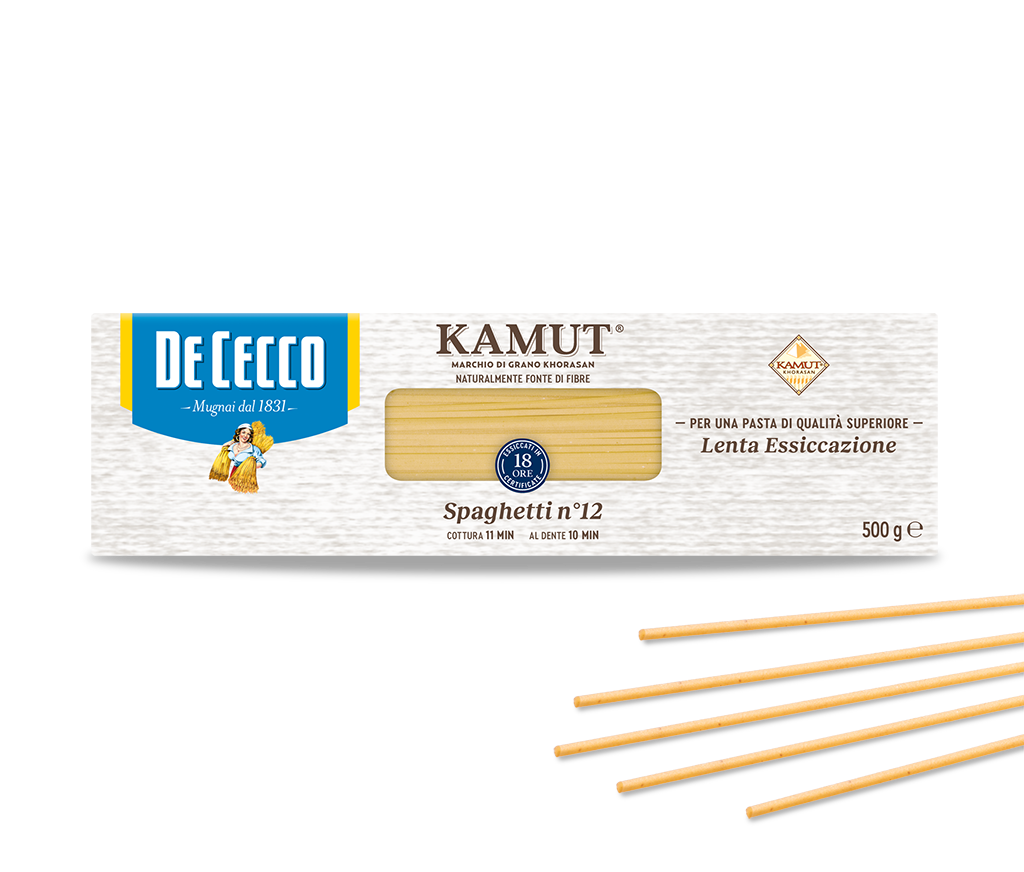
Our method
Mezze Penne Rigate n° 141 KAMUT® marchio di grano khorasan
Mezze Penne Rigate belong to the family of Penne, but differ as they are slightly shorter.
In Italian, the term "Penne" refers to the goose feather which was used historically to write with and was cut on a diagonal to achieve a really thin tip. The shape, obtained from a pasta tube, can be smooth or ridged, of varying length and has the typical diagonal cut of a quill.
Penne are one of the few types of pasta for which there is an exact date when it was created. Indeed, in 1865, a pasta-maker from San Martino d'Albaro (Genoa), Giovanni Battista Capurro, requested and obtained a patent for a diagonal cutting machine. The patent was important because it meant the fresh pasta could be cut like a quill without crushing it and in different lengths from 3 to 5 centimetres (mezze "half" penne or penne). The document preserved in the Central Archive of the State of Rome reads: "Up until now, a diagonal cut could only be made by hand with a pair of scissors which, in addition to being slow and time-consuming, also resulted in an irregular cut which flattened the pasta".
The smaller-sized Mezze Penne Rigate are perfect for stirring up together with creamy sauces, both red ones made with tomatoes or white ones made with cheese, or with classic vegetable soups to be eaten with a spoon.
Available in 500g pack.
